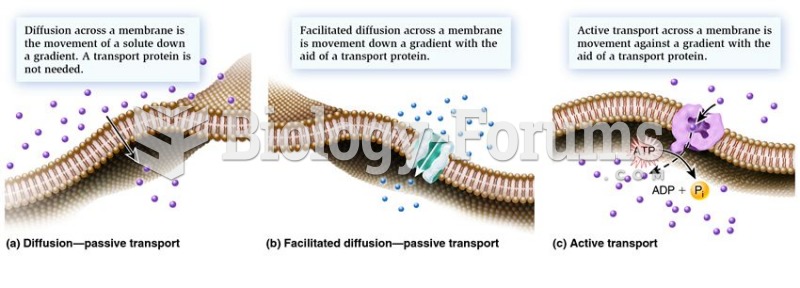This topic contains a solution. Click here to go to the answer
|
|
|
Did you know?
About 3.2 billion people, nearly half the world population, are at risk for malaria. In 2015, there are about 214 million malaria cases and an estimated 438,000 malaria deaths.
Did you know?
Approximately 500,000 babies are born each year in the United States to teenage mothers.
Did you know?
Illicit drug use costs the United States approximately $181 billion every year.
Did you know?
Recent studies have shown that the number of medication errors increases in relation to the number of orders that are verified per pharmacist, per work shift.
Did you know?
If you could remove all of your skin, it would weigh up to 5 pounds.







